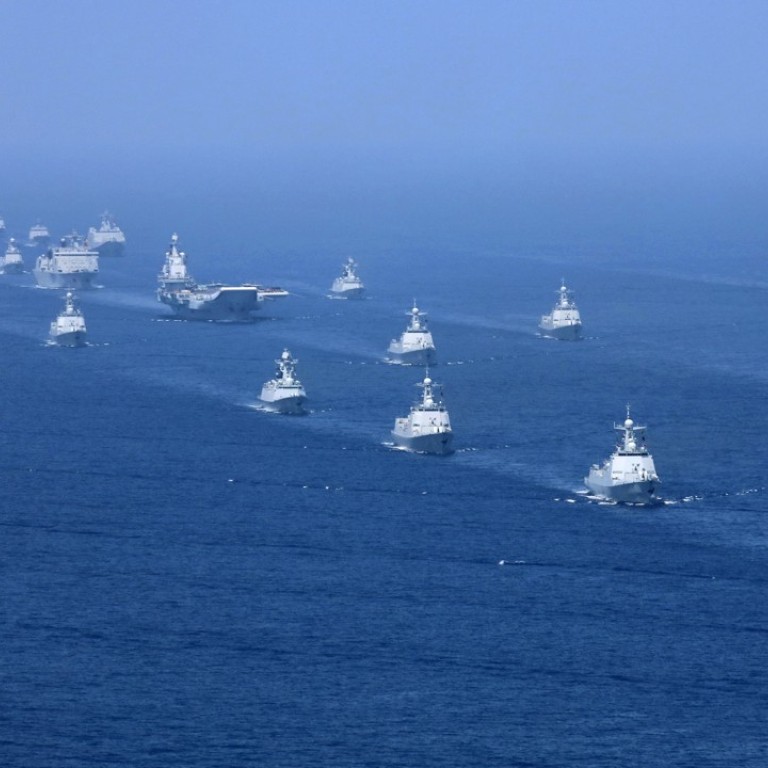
Malaysia looks to Chinese leadership, but not on South China Sea
Malaysian economic affairs minister Azmin Ali says region has ‘genuine admiration’ for China’s growth – but is concerned about militarisation of the disputed waterway
“Today we expect China to provide global leadership not just in the economic sphere but in soft power by advancing universal values such as freedom of conscience, mutual respect, and justice,” Azmin said.
US-China tensions make Asian free-trade deal ‘a priority’
“Being close to China, geopolitical developments in Southeast Asia are viewed as a bellwether of the effects on trade, diplomacy, and security that China’s rise is likely to have on the rest of the world,” he said.
And while Southeast Asia views Beijing’s rapid economic growth with “genuine admiration”, there are concerns about China’s military moves in the disputed South China Sea.

Azmin said: “We maintain that freedom of navigation in the South China Sea must remain unencumbered. The region must remain a zone of peace, freedom and neutrality, and must not be allowed to be militarised.”
Malaysia is among the claimants of the disputed waterway through which some US$5 trillion of goods transit each year.
Why the US trade war against China is bound to fail
Malaysia occupies at least five features in the disputed Spratly Islands, including the oceanic atoll known as Swallow Reef, where it has a small naval presence.
These islands are well within the U-shaped “nine-dash line” that marks China’s claims in the sea.
Observers say the waters have become a flashpoint because of heavy militarisation there by China and other claimant states, while the US sends warships to the area as part of “freedom of navigation” exercises.

